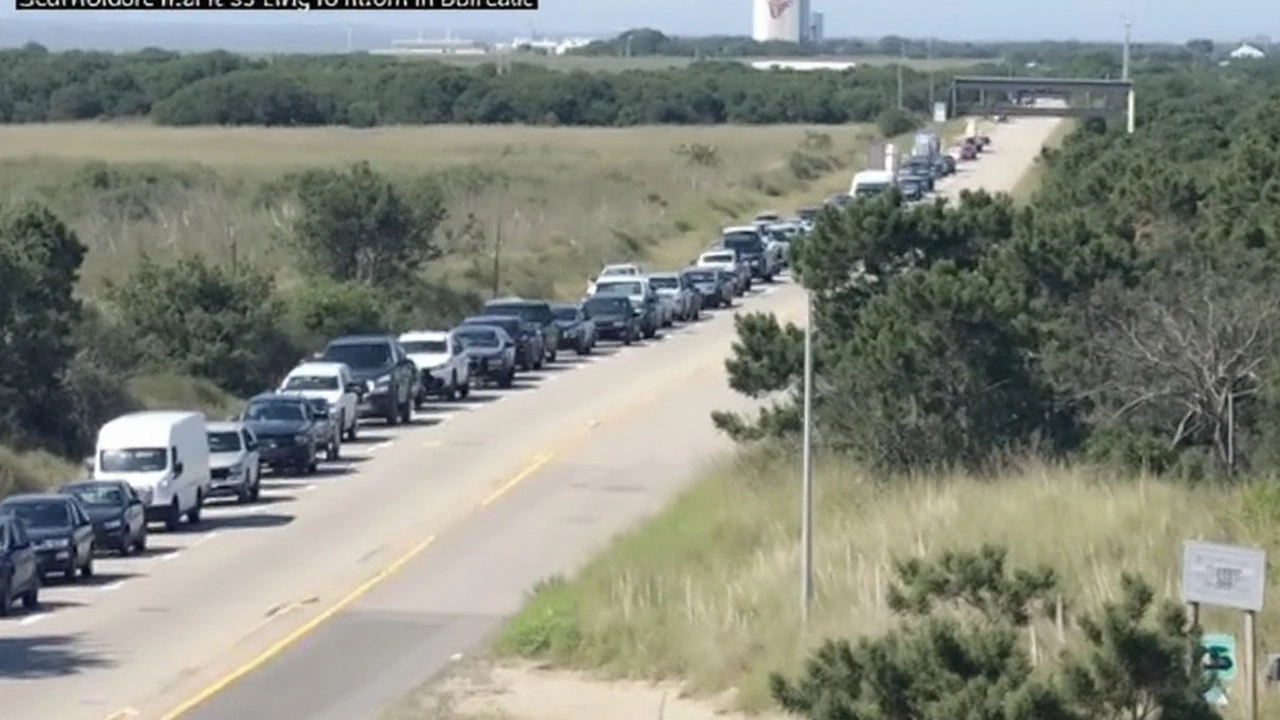Manning the Skies: Chasing Hurricane Erin's Fury
If you want to know what flying into a beast of a storm looks like, the Hurricane Hunters just provided a front-row seat. This past weekend, pilots and crew from NOAA and the Air Force Reserve's 53rd Weather Reconnaissance Squadron punched straight through the swirling chaos of Hurricane Erin, capturing wild footage from inside the roaring eye wall while the hurricane flexed its Category 5 muscles.
Their weapon of choice? The WC-130J Super Hercules—a military workhorse specifically equipped for these white-knuckle missions. On Saturday, August 16, 2025, as Erin ramped up to around 160 mph sustained winds, the aircraft burrowed into the storm's core. The result was heart-thumping video from inside the eye, where blue sky and eerie calm are surrounded by towering walls of angry clouds. For weather scientists, this isn't just a thrill ride: every pass delivers a treasure trove of real-time atmospheric data.
Erin didn't warm up gradually. It roared onto the weather scene early in the Atlantic hurricane season, gaining ferocity in a matter of hours—a rapid intensification that had storm trackers glued to their screens. Early season Category 5 hurricanes are rare, and this one will go down in the record books for both its timing and strength.

Crucial Reconnaissance as Erin Threatens Coasts
The 53rd Weather Reconnaissance Squadron, calling Keesler Air Force Base in Mississippi home, handles these high-risk flights at the request of the National Hurricane Center. Their job isn’t just about braving extreme turbulence—these teams lead the charge in figuring out where storms are headed and how fierce they’ll be when they get there. The real-time readings—everything from pressure drops to wind speeds and humidity—go straight into the hands of forecasters who use the info to update models and get the word out to communities that might be in harm’s way.
But here’s the kicker: even though Erin isn’t expected to make a direct hit on the U.S., it’s still a menace. Models show the hurricane’s center passing several hundred miles east of Florida, then veering northeast farther out into the Atlantic. No landfall, but don’t get too comfortable. Massive surf and wicked rip currents are still in play all along the Bahamas, the East Coast, and even up to Atlantic Canada. Swimmers and boaters are being warned to stay sharp, as some of the most dangerous conditions come without warning—and way before the storm even comes close.
This sort of fieldwork doesn’t just help with weather talking points. Every storm flown by the Hurricane Hunters builds a better understanding of how hurricanes work—why some explode in strength unexpectedly, and what makes them suddenly ramp down. The tough job these crews do feeds right into saving lives and minimizing surprises, especially for people living along hurricane-prone coasts. The partnership between on-the-ground meteorologists and these sky riders literally means the difference between hours or even days of warning when the next big one brews offshore.




